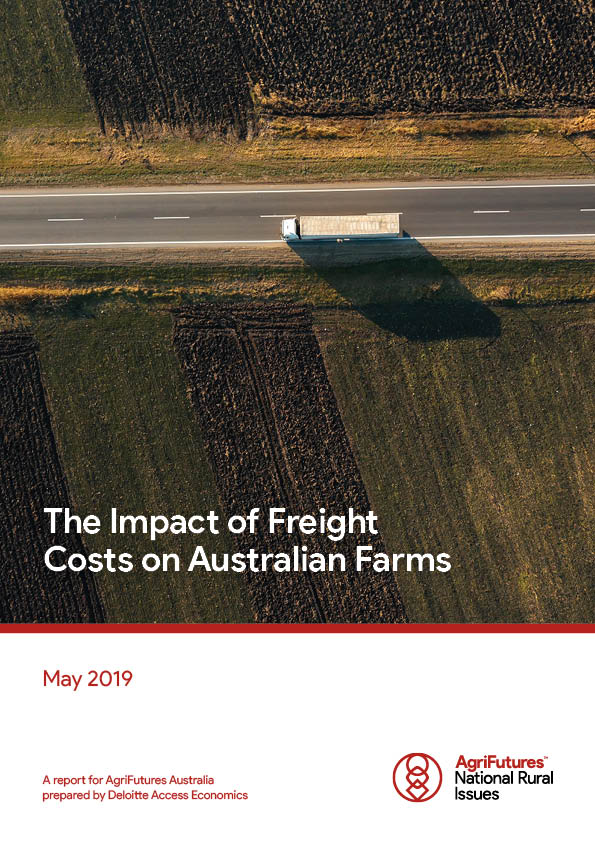Agriculture is a significant export industry for Australia with roughly two thirds of food and fibre exported to overseas markets. Consistent with megatrends identified by AgriFutures Australia, it is expected that global food demand will rise as the world’s population increases over the next 20 years, creating new growth opportunities for the export of Australian produce.
One of the key determinants in ensuring that Australian agriculture can reach its full potential are least-cost pathways to transport food and fibre from paddock to port. At present, logistics are the largest single cost item in the production of many agricultural industries, amounting to as much as 48.5% of farm-gate cost in case studies.
Key to improving transport efficiencies for agriculture is to invest strategically in infrastructure and determining how best that infrastructure should be funded. It also requires a strategic planning and regulatory framework to ensure infrastructure can be efficiently utilised by industry.
Knowing how much farmers pay for transporting their produce to consumers is crucial to measure the competitiveness of Australian farmers and to find out where the transport of agricultural goods faces pinch points and bottlenecks.
This study provides an analysis of the freight costs facing Australian farmers when moving commodities from farm to processor, port and/or domestic market. The domestic analysis is complemented with research of international agricultural supply chains to provide a benchmark of Australia’s performance and its ability to compete on agricultural transport costs at a global level.





